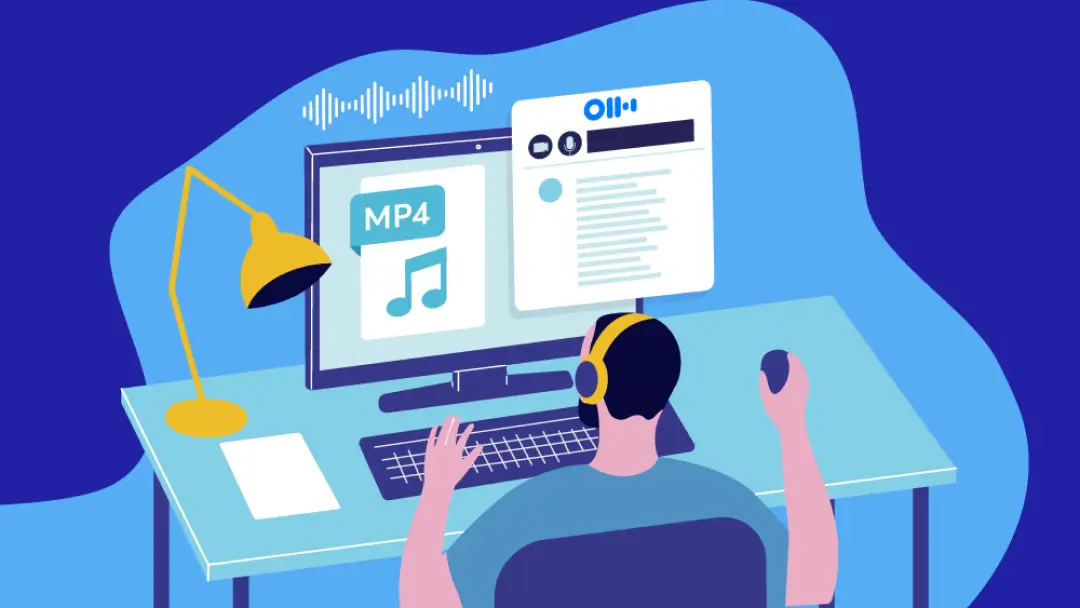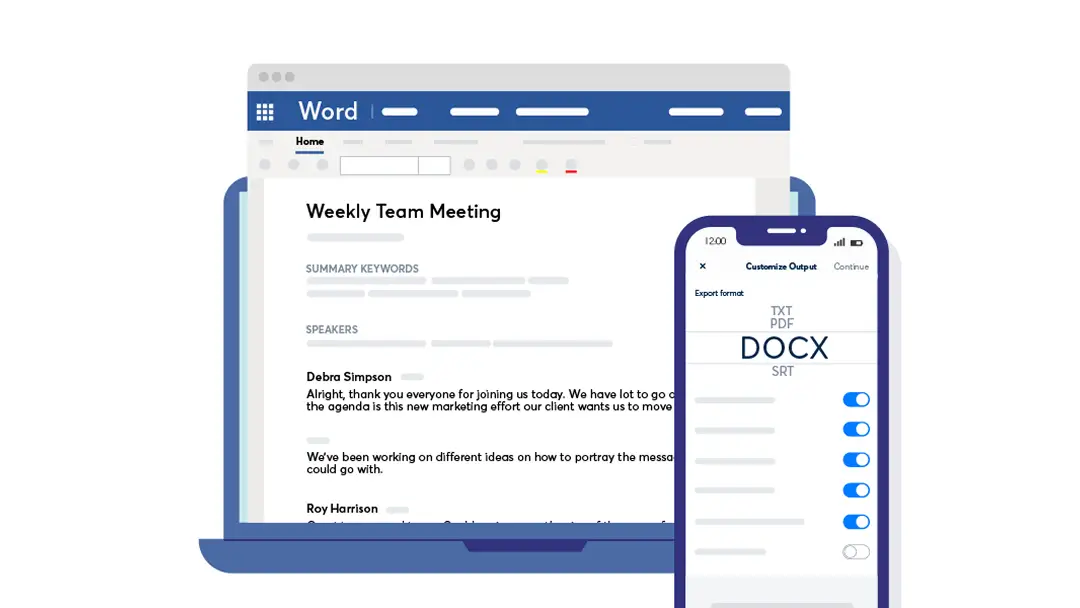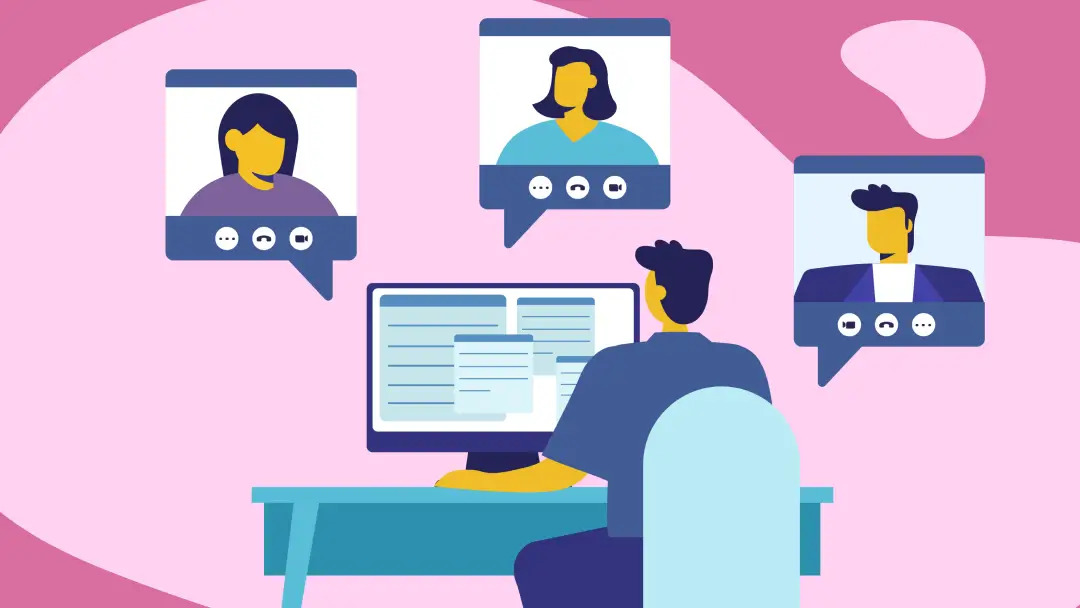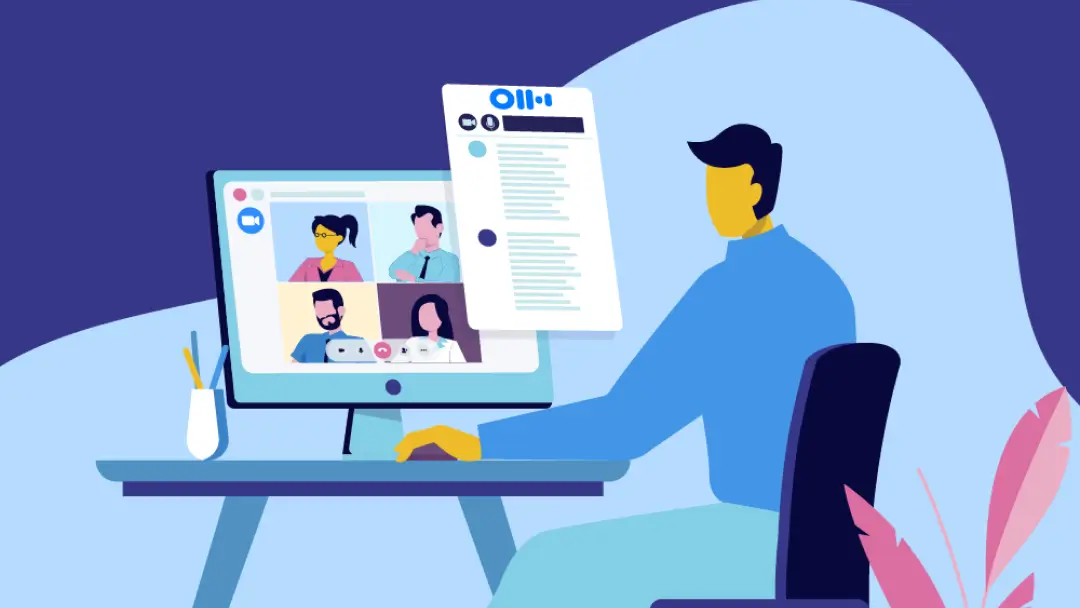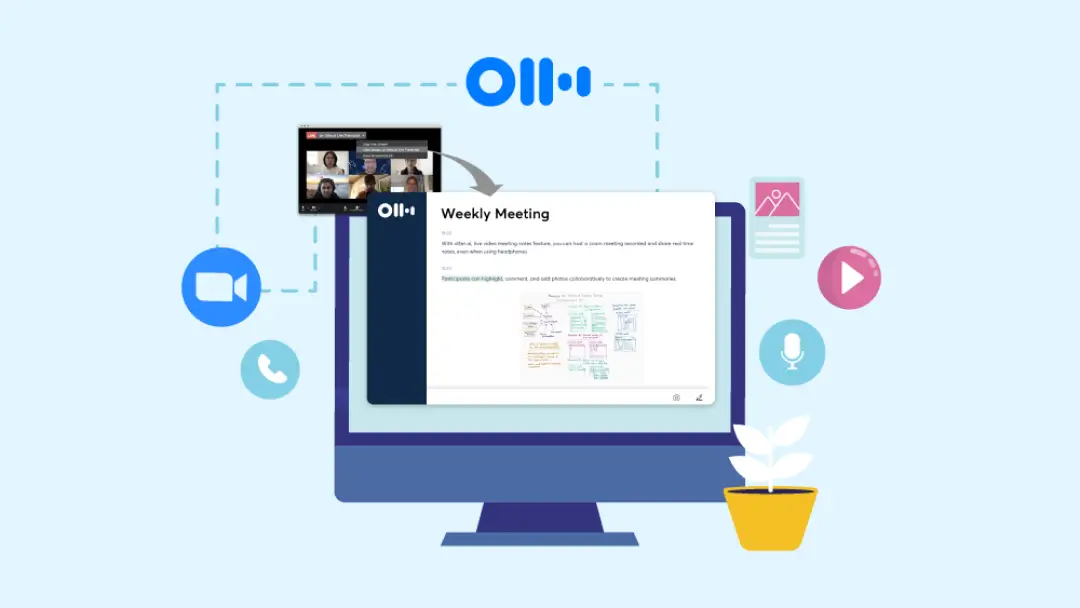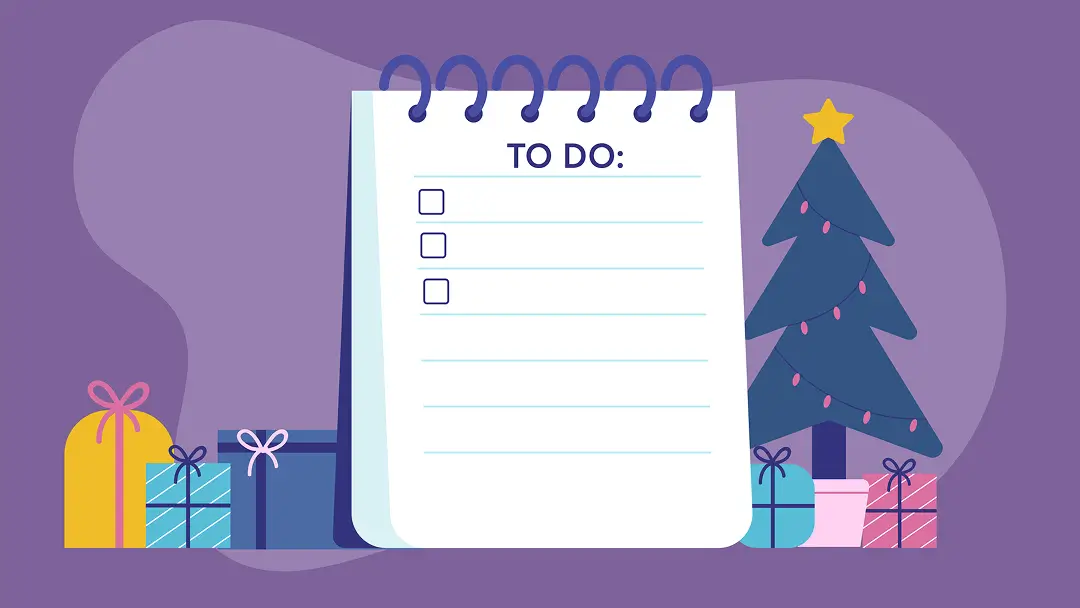How to Convert WAV to Text: Best WAV Transcription Methods

Understanding Wav Files
WAV files are the king of audio. They are lossless files that keep a huge amount of data within. This means that they are prime candidates for anyone looking to convert WAV files to text and get the most accurate transcription.
How does this work?
In this guide, we are exploring multiple methods to convert WAV to text documents and turn meetings, podcasts and other audio sources into a block of text. This is ideal for dictation and record-keeping. Whether you want to take audio notes and turn them into a blog post, or keep a record of a meeting to refer back to later, WAV to text can come in very handy.
Transcription Services vs Wav to Text Converters Online
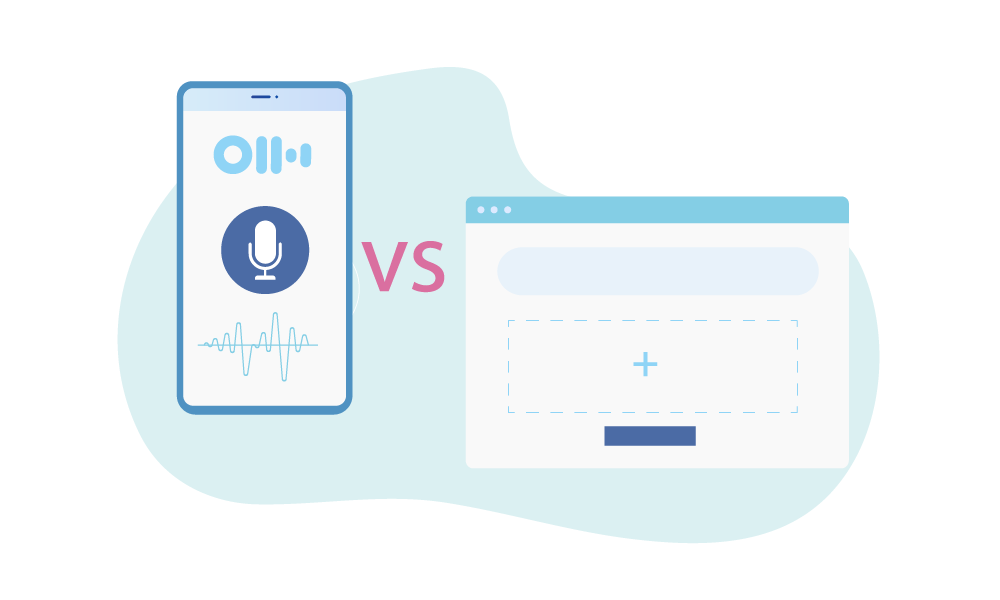
Why not just use a transcription service? In the age of voice recognition and AI technology, transcription services are becoming obsolete. You only have to look at the advancement in voice assistant software to see just how far technology has come.
One massive downside of human transcription is the fact that you have to wait. Even a transcription agency or freelancer with quick turnaround times won’t be able to match the speed of an AI WAV to text converter. Otter.ai offers fast transcription with some additional benefits such as speaker identification to make it easy to follow the conversation. Otter also syncs with your Zoom cloud recordings, and allows live recording as well as importing WAVs and other audio files.
Why Use Wav for Audio Recording?

Wherever possible, you should use a WAV file. WAV files are lossless, meaning they haven’t been compressed. This means more data to convert the WAV file to text and a better chance of accurate transcription.
WAV files are generally much larger than MP3s due to the extra data.
You can create a WAV recording on your computer or on a variety of mobile devices. iPhones and many Android phones can record WAV files, but only with third-party applications allowing you to increase the quality of the default file that records audio. For example, the Voice Notes app on iPhone records in M4A by default.
Freeware such as Audacity, combined with a quality USB microphone, can easily give you a quality WAV file to use.
Otter can read a number of files. AAC, MP3, M4A, WAV, WMA, and a variety of Video formats, too. It’s possible to find a WAV to text converter online, but many of the services out there either restrict the length of recording you can upload, or do a poor job of giving an accurate transcription of what was said.
How to Convert Wav Files to Text Using Otter
Otter.ai Pro, Business, and Enterprise plans all allow you to import WAV files and reliably transcribe them into text to use however you please.

How does it work?
Step 1: Importing Your WAV File
Import your recording. Once you have signed in to Otter, you will have the chance to either record or import audio. A recording means that you can make the file in real time in your browser, whereas import lets you find a WAV file on your computer and upload it.
Step 2: Processing and Editing the Transcription
Process the conversation. Otter will transcribe the text, and when the processing is finished, the text will appear in the window. You can read through it and check that it makes sense and seems correct. Even the reliable AI of Otter makes the odd error, so you can hit the Edit button and make changes if needed.
There’s a scrubber bar to let you go through the audio of your transcription and listen back, too.
Step 3: Collaborating and Exporting Transcripts
Collaborate. Otter is a powerful piece of software that automatically generates tags, allows you to search through the text, and different members of your team can access the transcription to, comment, highlight, and even add photos. All of this means the text is useful in the day-to-day operation of your business.
Step 4: Export (optional)
When the audio has been transcribed, you can export it if required. This makes it easy to share via email or store on shared servers. You can export as TXT, PDF, Microsoft Word .DOCX, and SRT files.
Otter also provides you with some additional features. With Advanced Search, you can look for information by keywords, phrases, speakers, groups, folders, and time range. If you remember a colleague said something about billboards last week, you can search for them as a speaker, or you can search for comments about billboards to quickly access the transcription.
Free Speech to Text and Wav to Text Converters
There are some free options to allow you to convert a WAV file to text.
IBM Watson is one high-profile speech to text option. You can access a free demo online which recognizes a number of audio files. It has modeling options for different languages and accents. This is one way to get a free transcription, but it isn’t perfect, and if you have multiple speakers then the modeling takes longer, and becomes far less reliable. The demo is also not suitable for processing personal data. A disclaimer reads: “This system is for demonstration purposes only and is not intended to process Personal Data.”
Bear File Audio to Text Converter is another option that supports WAV files. It was made with a speech recognition toolkit released by CMU, and it also supports Baidu’s own audio recognition engine.
The features are very basic, and the maximum file upload is a measly 3 megabytes. This is not a lot of data, and WAV files require quite a lot of storage. The limitations of these free convertors do not provide an adequate solution for business use.

In Summary
The technology of voice recognition continues to improve. By combining this with AI and a number of powerful, collaborative tools, Otter provides an option for long-term use, even among bigger teams. You can record meetings and ideas, and easily perform a smart search to find results and tags from previous recordings. Otter supports WAV files, meaning that the maximum data can be fed into the system to give reliable results.




